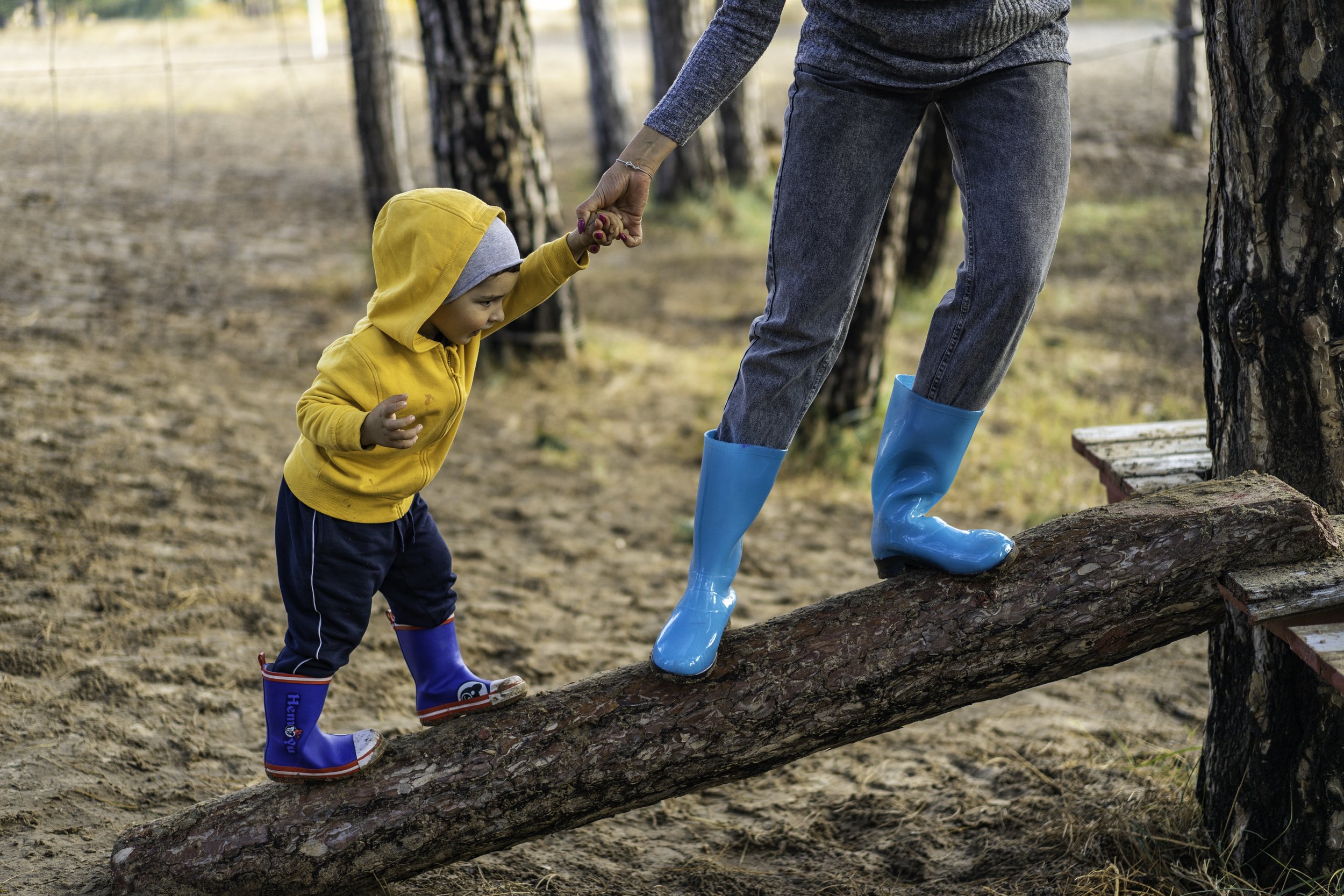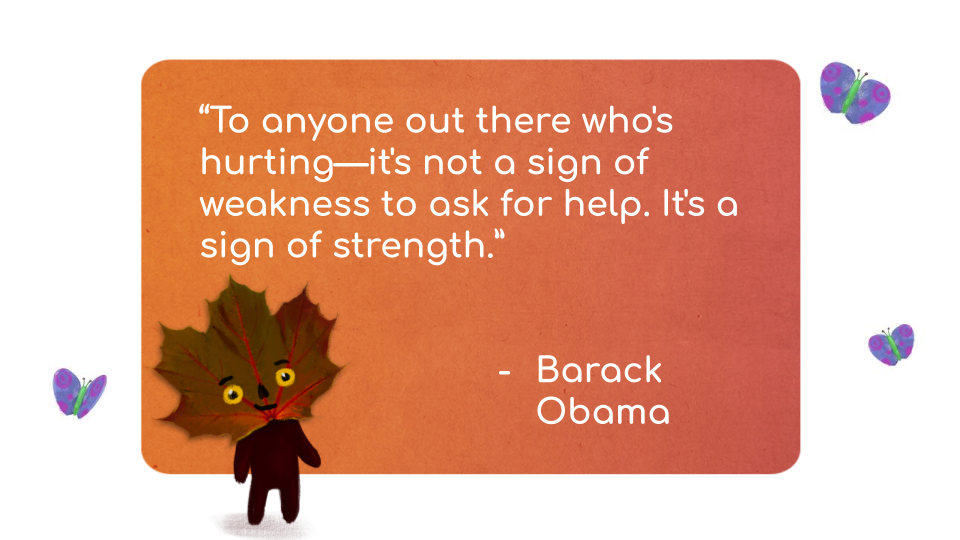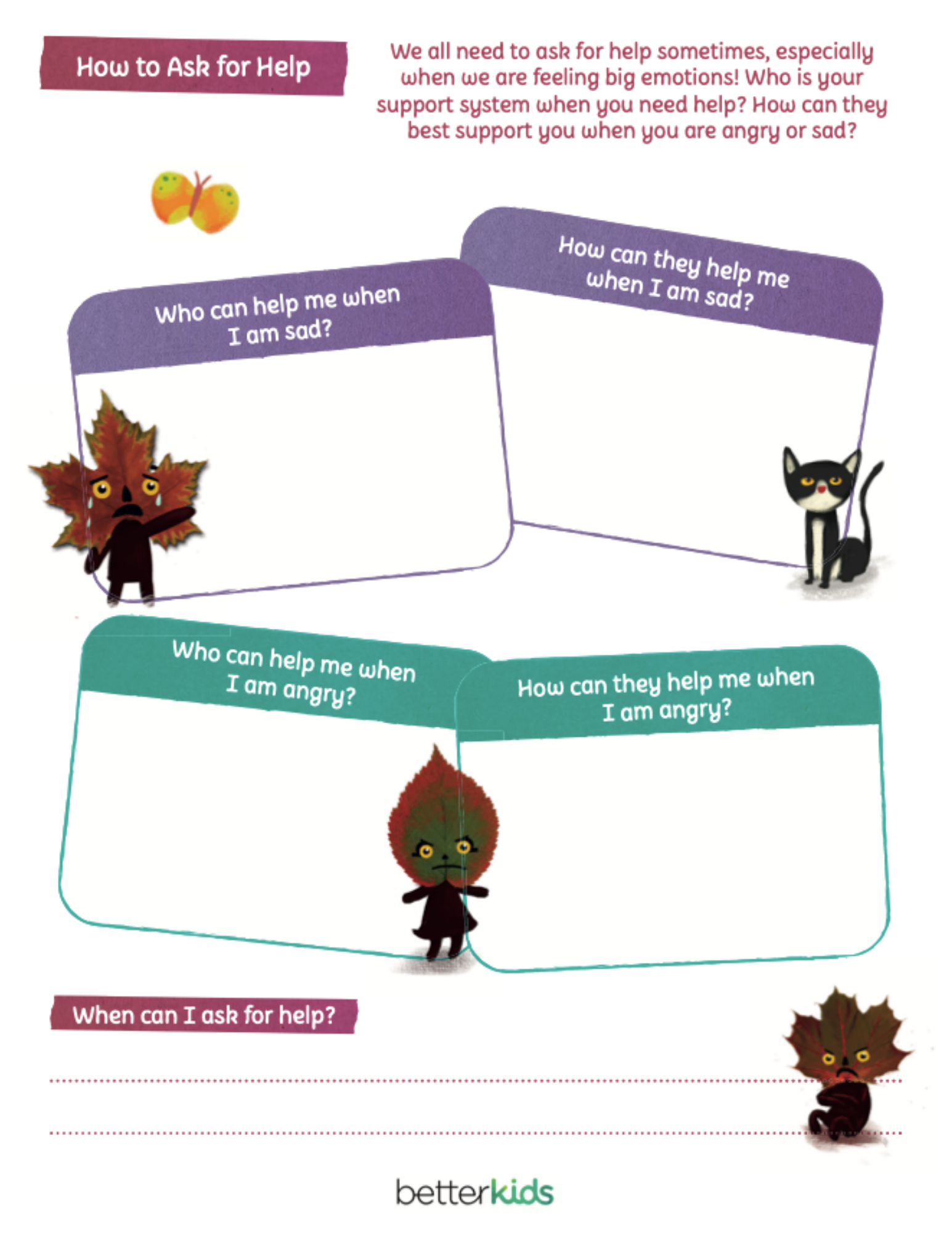An important aspect of social emotional learning (SEL) is independence, which includes the ability to manage one’s emotions and complete tasks on their own. Children learn new skills by observing and reproducing others’ behaviors, especially from people they identify as their role models. However, there are times when challenges seem too big and our emotions are overwhelming. Here are 4 ways you can teach your children how to ask for help, both at home and at school.
1. Clarify expectations and instructions
Sometimes children get so excited about a new assignment that they will jump right into the task without listening to or reading the instructions. Other times, we might be too busy as educators and parents and simply forget to explicitly give instructions or model how things work. You can reassure your child that it’s normal to feel frustrated when one doesn’t know where to start and encourage them to ask for help with clarifying instructions.
2. Remind them that it’s okay to ask for help
As Barack Obama put it, “Don't be afraid to ask for help when you need it. I do that every day. Asking for help isn't a sign of weakness, it's a sign of strength.” As adults, we can seek support from our family, our friends, our community, or reach out for professional help. By modeling this skill, our children will learn that we don’t have to face challenges alone.
“I felt so lonely during the pandemic. Talking to my friend Sarah daily, even if it was just for 5 minutes, reminded me that I wasn’t alone.”
“I didn’t understand a word of the contract I received for my new job. I remembered there was a lawyer in our community who had offered to help a long time ago. I reached out to her and she clarified the language a lot. I’m so grateful for her help.”
3. Share how asking for help makes us stronger
A recent article from Kaiser Permanente shares that asking for help fosters resilience. Resilience is a key component of mental health, it is the ability to bounce back from challenging thoughts or experiences. You can celebrate your child’s asking for help by reminding them that they are growing stronger. You can also emphasize that asking for help strengthens our connection to others: when others are able to help us out, they feel trusted, valued, and happy to make you feel supported.
4. Explain how to ask for help
You can follow this printable to help kids identify their support system and situations during which asking for help would help them to practice coping strategies with someone with whom they feel safe and understood:
Who can help me when I am angry/sad?
Anger and sadness are two examples of big emotions that can be difficult to handle alone. Some examples of who can help when we are feeling these emotions include parents, siblings, grandparents, close friends, or teachers. These are people who make up our support system and with kids especially, help with social emotional development.
How can they help me when I am sad/angry?
As kids are learning coping strategies to use independently when they are feeling these emotions, they may find it helpful to practice them with someone they trust. This can look like taking deep breaths together, going for a walk, or doing yoga.
When can I ask for help?
An article from Psychology Today shares that in the classroom, students should wait to ask for help until there is a break in activity or after the teacher has given instructions. We can help kids understand that others may need help too, so whether it be another student at school or a sibling at home, we may need to wait to ask for help until the person we are seeking help from is ready to listen and be present to our needs without other distractions.
As kids learn how to communicate their needs and express their emotions, they will also learn how to ask for help when they need it. Be sure to remind them that sometimes you have to ask for help too! You can find this printable and more resources that help kids develop skills such as problem solving and empathy by downloading the SEL app Wisdom: The World of Emotions for free in the App Store or Google Play Store.




